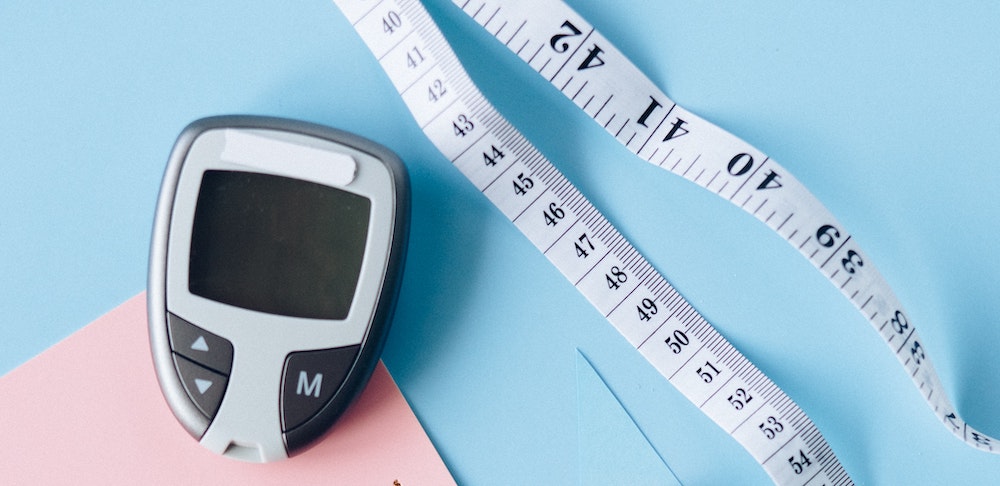You’ve probably heard of the common eating disorders—anorexia, bulimia, compulsive binge eating—and their attendant health risks. Most of these, while demographically proportional to negative-body-image issues, can happen to people of any age, gender, or background. However, there’s one eating disorder and dangerous fad diet that happens only to members of one small demographic. There are 1.6 million Americans with Type 1 diabetes; and among teen and young-adult patients at least, over 10 percent and perhaps as many as 40 percent struggle with diabulimia.
What Is Diabulimia?
Type 1 diabetes is different from the more common Type 2, which affects over 32.5 million Americans, mostly in the over-50 demographic. Both diabetes types are due to high blood sugar brought on by a shortage of pancreas-produced insulin, without which the body is unable to absorb sugar. But while Type 2 diabetes begins when the pancreas and insulin-absorbing cells wear out from age or from years/decades of excessive sugar intake, Type 1 is due to a pancreas that never functions properly or “dies” early in life. And while Type 2 is often a minor (or even asymptomatic) problem manageable with weight control and healthy diet, Type 1 patients must take regular doses of supplementary insulin throughout their lives.
Symptoms indicating either form of diabetes include frequent thirst, increased appetite, fatigue, blurry vision—and weight loss. When blood sugar loses its insulin “key” to the cells that would ordinarily store it, the body, now unable to utilize its normal sugar energy sources, begins breaking down fat cells for their backup energy supply. The result: less fat, less weight, but at the price of abnormally high blood sugar levels.
Diabulimia begins when someone decides to lose weight by cutting supplementary insulin. People without Type 1 diabetes don’t get diabulima because they’re immune to it: their bodies produce insulin naturally, and that source can’t be turned off. (Even most people with Type 2 diabetes still have adequate natural insulin for everyday functioning.)
Why Diabulimia Is Life-Threatening
Unfortunately, people with diabetes are already in a high-risk category for eating disorders in general. The parallels are many:
- Young Type 1 diabetics feel uncomfortably different from their peers (the illness affects one teen in a thousand); people with eating disorders feel ugly, alone, and unappreciated
- Effective diabetes management requires ongoing attention to body functions; eating disorders are triggered by obsession with the body
- Diabetes management means careful monitoring and hard work; many people with eating disorders are highly organized and perfectionistic
- People with diabetes can suffer “burnout” and get tired of all the work involved (that in itself can be a major contributor to diabulimia); people with eating disorders have their own “burnout” periods when they give up on being responsible.
Eating disorders are life-threatening because they trigger increased risks of heart trouble, severe malnutrition, blocked intestines, stomach rupture, and kidney failure. People with diabulimia also risk every major health concern associated with low insulin—heart disease, kidney damage, nerve damage, blindness, slow wound healing, frequent illness. And, more immediately, ketoacidosis, a potentially fatal coma caused by acid buildup in the blood.
If You Suspect Diabulimia
Symptoms of diabulimia include:
- Change in diabetes-management, exercise, or eating habits
- The return of Type 1 diabetes symptoms that had been under control
- Unaccounted-for rise in the blood’s A1C level
- Hair and skin drying out
- Increased secretiveness
- Rapid weight loss, usually with refusal to talk about it
- Excessive concern with weight and other aspects of body image
- Episodes of nausea and vomiting
- Episodes of hypoglycemia (wooziness and shakiness due to low blood sugar) or ketoacidosis—and, often, frequent emergency-room visits due to low insulin.
Diabulimia can persist for years and shortens average life span by a decade. If you suspect you or a minor in your custody has it, see a doctor immediately (be sure to mention your concerns about the ongoing problem, since diabulimia is still little recognized even in the medical world). See an eating disorders specialist as well, and find a support group—preferably one that includes others with co-occurring diabetes and eating disorder.
Finally, remember that neither diabetes nor weight management has to ruin your life. With family and peer support, anyone can find much to be grateful for, even amidst the toughest challenges.
Get Help for Your Health Problems
While prescription insulin is essential for Type 1 diabetes, many people take unprescribed substances that can do as much harm as diabulimia—especially when substance abuse turns into addiction. At Hope by the Sea, we offer accredited treatment for addiction disorders and the mental/behavioral illnesses that often accompany them. Contact us to learn how we can help with your specific concerns. Hope Starts Here!


